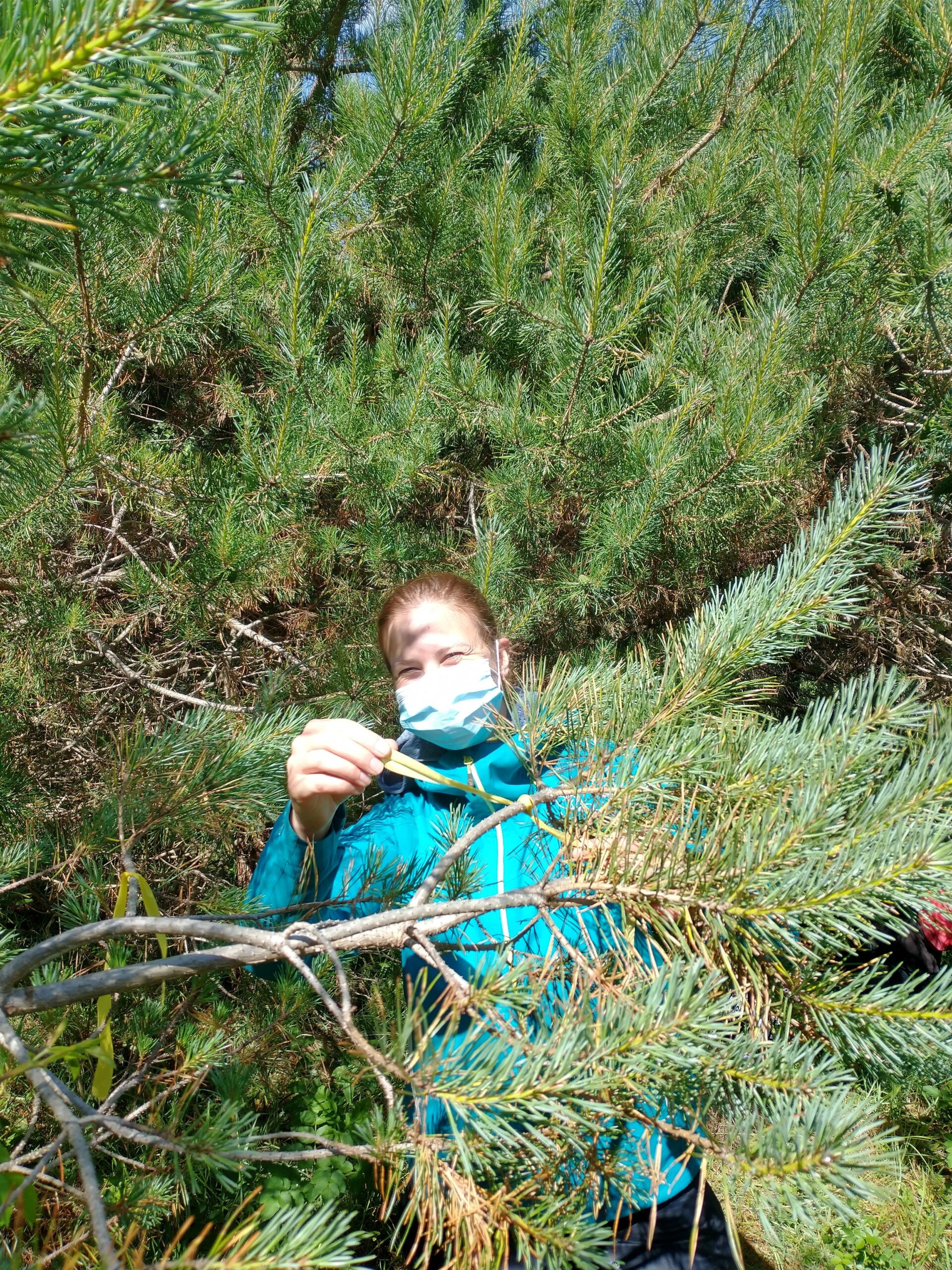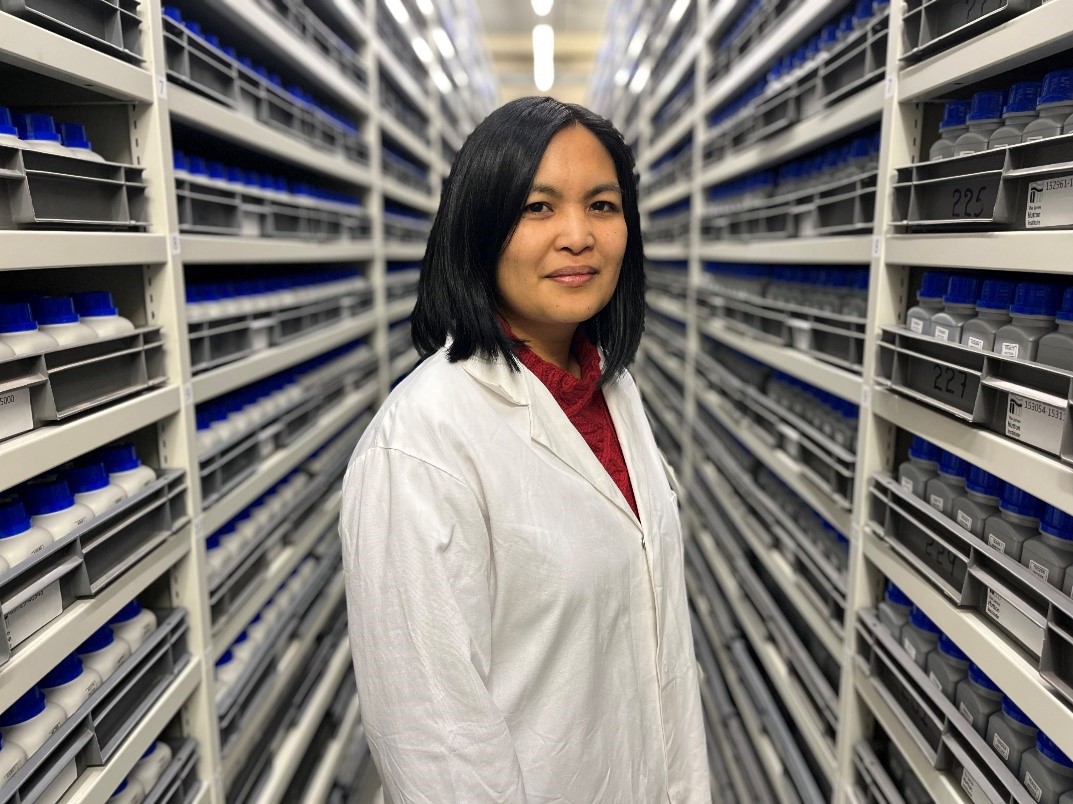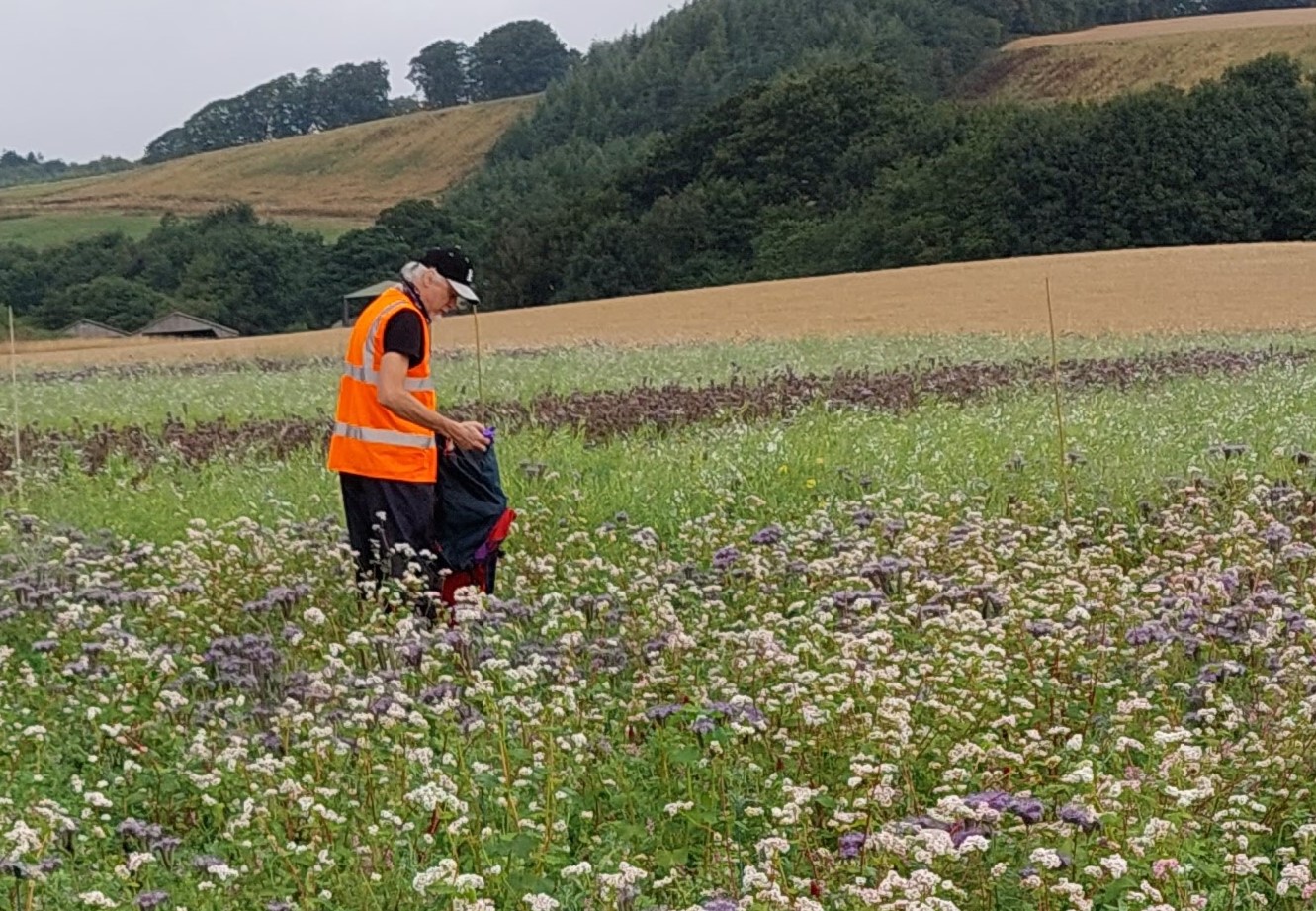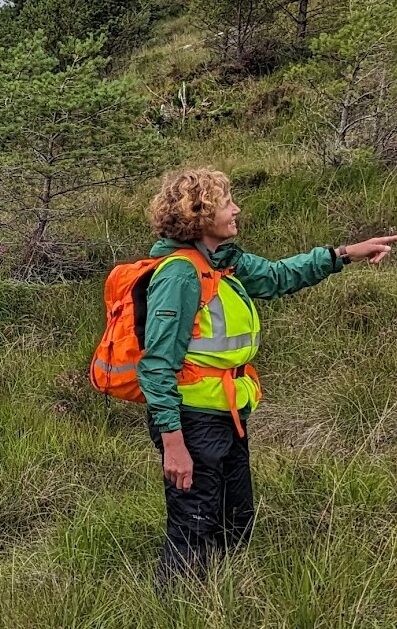eDNA in the spotlight – the second instalment
This is the second instalment of a series of blog posts highlighting the Hutton scientists and their collaborators that are working with environmental DNA (eDNA for short), a transformative technology with very wide applications.
In this latest instalment, we again span across our departments, taking in cell and molecular sciences, information and computational sciences and ecological sciences. We cover work into Johne’s Disease, use of Scotland’s national soil inventory, parasitic nematodes and metabarcoding, tree disease and more.
We hope that by highlighting this range of expertise we can help to build new collaborations.
Miss the first blog? Visit here.
Beth Moore
Beth Moore (Information and Computational Sciences department) joined the Hutton about a year ago and is working as a post-doctoral researcher doing data analysis on a pine-biome project. This includes 16S and ITS metabarcoding, and shotgun RNA-sequencing, of the microbiome to investigate the importance of the microbial community as well as the host’s genetic background in susceptibility to the fungus causing needle blight disease in Scots Pine.


Eulyn Pagaling
Eulyn Pagaling (Environmental and Biochemical Sciences department) uses eDNA to assess the environmental prevalence of pathogens and antimicrobial resistance. One example is Mycobacterium avium paratuberculosis (MAP), the cause of Johne’s Disease in sheep and cattle, which results in significant economic losses and threatens food security. eDNA extracted from archived soils from The National Soils Inventory of Scotland (NSIS) was used to amplify MAP-specific markers by qPCR to find the conditions that allow MAP to persist in the environment. Focussed on-farm analysis is now being conducted to elucidate management practices that can help reduce environmental reservoirs of MAP. eDNA from the NSIS was also used to find patterns in antimicrobial resistance (AMR) gene distribution in Scotland. Eulyn now co-leads an inter-disciplinary project focused on environmental transmission of AMR to the food chain in the farm environment. Using eDNA and high throughput qPCR, she will track a range of AMR genes from potential sources, pathways, and receptors (food crops and humans). This will be complemented by social science work to understand behaviours around antimicrobial use and underpinned by modelling to give a holistic understanding of the risk of AMR to the food chain.
David Roberts
David Roberts (Ecological Sciences department) is a molecular ecologist at the Hutton whose interest in environmental DNA originates from his work on molecular diagnostics development, originally in clinical microbiology but then moving into environmental monitoring. His current work includes several projects investigating changes in below-ground, soil communities, in response to different cropping strategies, including the use of cover-crops to manage plant parasitic nematodes. David’s team extract DNA from field trial soil samples and then use a metabarcoding approach, primarily based on the 18S ribosomal DNA, to identify which nematode species are present. After this benchmarking, cover crops are planted and time-series studies are used to investigate changes in the nematode community over a growing season. This information will help understand the efficacy of cover crop varieties at managing pest nematodes, and any unwanted effects on the beneficial nematode community.


Sarah Green
Sarah Green is a forest pathologist based at Forest Research’s Northern Research Station in Edinburgh. Her interest in eDNA stems from dealing with outbreaks and epidemics of invasive Phytophthora species in forests and woodlands, many of which are known to be spread in the plant trade. She has worked with David Cooke’s team at the Hutton on several eDNA metabarcoding projects investigating Phytophthora diversity in root and water samples collected from plant nurseries in Britain (LWEC phase 3 ‘Phyto-threats’ project) and in the wider Scottish environment. eDNA metabarcoding methods jointly developed for nursery sampling in Britain have been rolled out across a number of other countries (Euphresco ID-PHYT project), the aim being to see how nursery best practices can reduce the rate of Phytophthora introduction and spread. eDNA metabarcoding is an exceptionally useful tool in understanding where Phytophthora resides in different environments, to enable better targeting of mitigation efforts.
If you would like more information about the Hutton Institute’s work in eDNA, please contact Peter Cock or David Cooke, who will endeavour to connect you with the relevant person. Watch out for the next blog post with another set of profiles.
Disclaimer: The views expressed in this blog post are the views of the author(s), and not an official position of the institute or funder.
